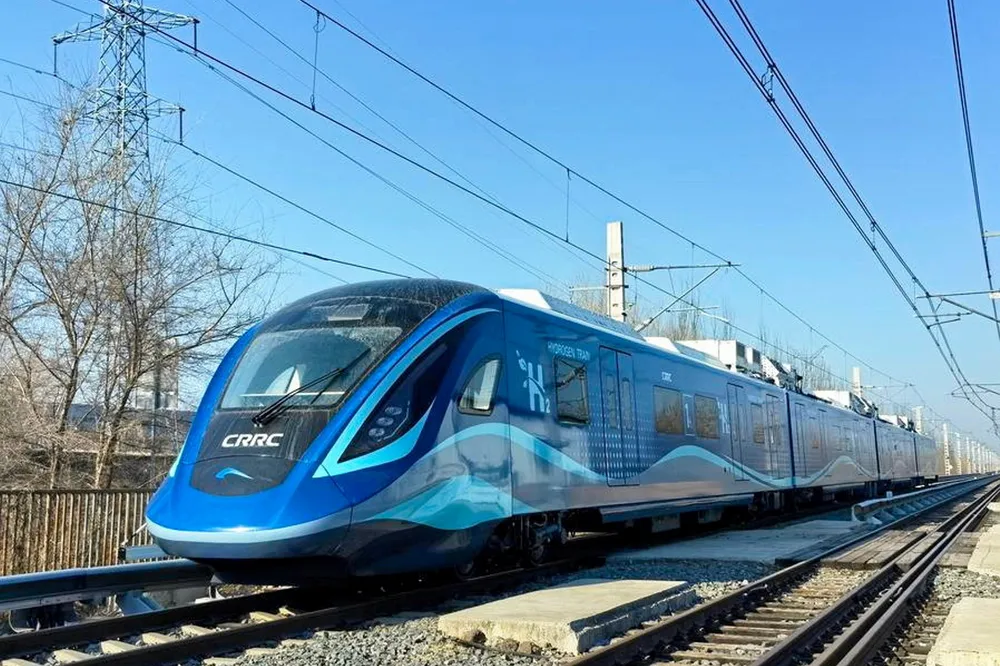China’s first hydrogen passenger train completes tests, with similar ranges and speeds to European models
CRRC claims world-leading status on energy efficiency for a fuel-cell train

CRRC claims world-leading status on energy efficiency for a fuel-cell train
